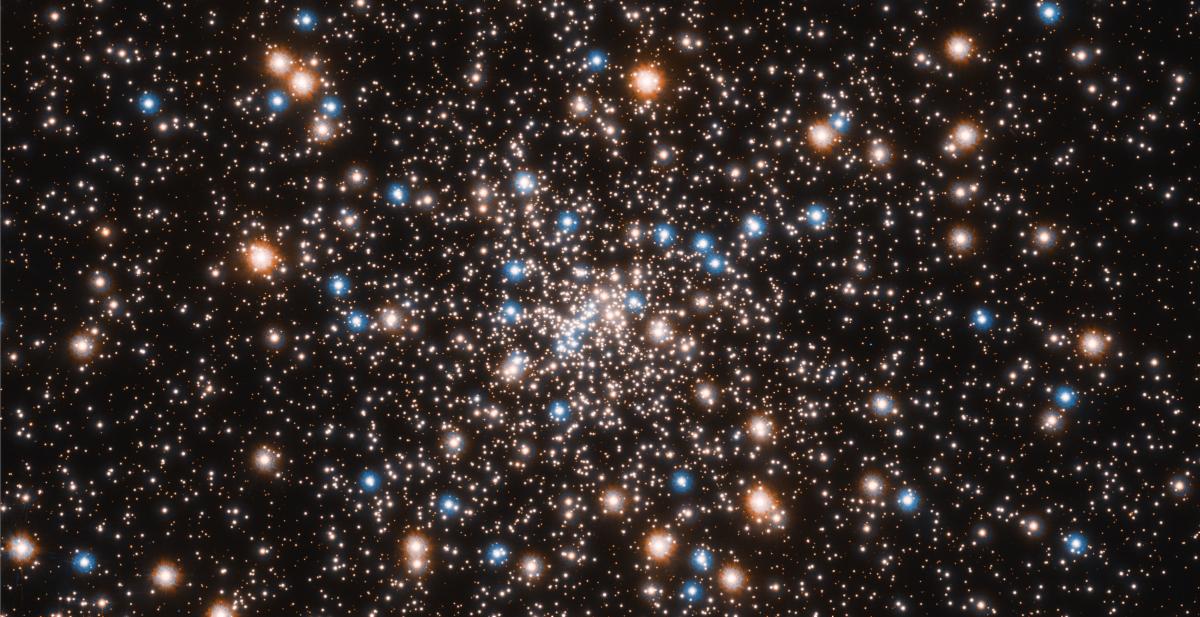
- This event has passed.
KITP’s 80th Public Lecture – “Stars: The Ultimate Laboratory for Modern Physics” with Pascale Garaud
April 7, 2022 @ 12:45 pm PDT

Stars have long fascinated human beings, but our understanding of their true nature is only about 100 years old. Starting in the 1920s, stars have become a wonderful laboratory for modern physics, providing scientists with insight into nuclear physics, quantum mechanics, particle physics, and more recently, turbulence — a field often described as the last unsolved problem in classical physics.
Pascale Garaud is a Professor of Applied Mathematics at the Baskin School of Engineering at UC Santa Cruz. In this lecture sponsored by UC Santa Barbara’s Kavli Institute for Theoretical Physics (KITP) and the Friends of KITP, she will present a selection of what scientists have learned from stars to date, and what they hope to learn in the future thanks to new advances in stellar seismology and high-performance computing.
KITP Public Lectures connect you with people and research that is transforming our understanding of the universe. This popular series takes advantage of the presence of the many distinguished scientists who visit KITP to collaborate on the most fascinating and challenging questions in their fields.
Register here for virtual lecture: https://ucsb.zoom.us/webinar/register/WN_8DMStep2QDmuaPX-TagHJQ
Learn more about KITP: https://www.kitp.ucsb.edu/


